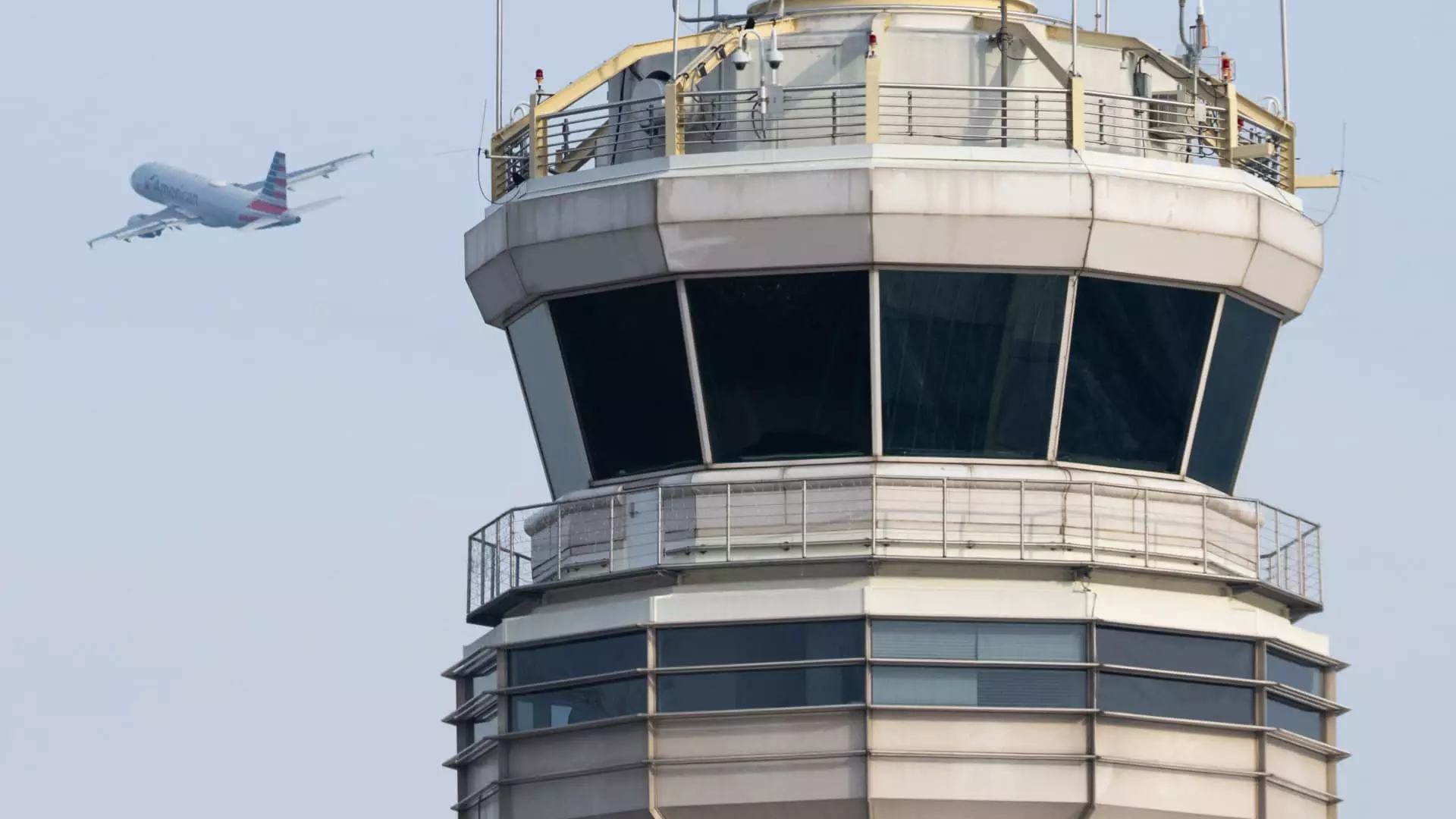Elon Musk, the enigmatic CEO of SpaceX, recently caused a stir during a post on social media platform X, claiming that existing technology posed significant risks to aviation safety. He announced that he is sending his Starlink satellite internet terminals to the Federal Aviation Administration (FAA) with the implication that his technology might offer solutions amidst existing failures. However, he provided no substantiation to his alarming assertions. In this environment ripe with technological complexity and regulatory scrutiny, we are left to ponder the implications of Musk’s statements and their repercussions on the aviation landscape.
Musk’s rhetoric arrives against the backdrop of a tumultuous period for American aviation, highlighted by recent tragic events that have heightened public concern for air travel safety. Yet, while he emphasizes the dangers of regulatory technology, executives from major airlines quickly refuted his claims, insisting that the FAA’s current systems are reliable. How Musk’s proclamations align with the operational realities of the industry raises pressing questions about motivations—both corporate and political.
The FAA, an agency responsible for overseeing both safety and the operations of Musk’s own companies, has been involved in testing Starlink technology in various locations, including Atlantic City and Alaska. Nonetheless, recent reports suggest that the FAA might discontinue a contract with Verizon to bolster communication for air traffic control. This decision raises eyebrows, especially given the ongoing tension between Musk and traditional aviation stakeholders.
Musk’s assertions echo a larger narrative of dissatisfaction with the FAA’s capabilities to manage air traffic efficiently. The agency, which has already undergone substantial cuts in personnel and faced criticism for perceived inefficiencies, is under pressure to modernize its infrastructure, which many argue has been lagging for years. The dichotomy between Musk’s ambitious claims and the airline industry’s reassurances highlights the complexities of innovating safely within the aviation sector.
Prominent players within the aviation community, including Airlines for America, have constantly advocated for modernization, emphasizing that antiquated technology leads to detrimental flight delays and increased operational costs. Yet Musk’s rhetoric seems to hint at a personal vendetta rather than a collective industry concern, particularly in light of his dual relationship with governmental oversight.
There’s a significant political undertone to the backlash against Musk’s statements, particularly from Democratic lawmakers who express caution regarding his influence. Concerns about potential conflicts of interest arise due to Musk’s historical role in the Trump administration coupled with his position at SpaceX. Senator Ed Markey has raised alarms, highlighting the ethical implications of a direct relationship between a technology provider and its regulator. Critics argue that any advantage Musk might gain risks skewing fair competition and potentially compromising safety standards.
The FAA has pledged to maintain staffing for critical safety functions, attempting to assuage fears that recent layoffs infringe on operational integrity. Nonetheless, the unsettling timing of Musk’s pronouncements juxtaposed with continued federal downsizing opens up avenues of speculation regarding how aviation safety is prioritized or jeopardized at the state level.
It is crucial to scrutinize the implications of public statements about aviation safety, especially in light of a recent fatal incident that has reignited discourse surrounding the security of commercial air travel in America. Musk’s broad claims, devoid of backing evidence, contribute to an atmosphere of uncertainty that may undermine public trust, even as airlines and regulators work to assure stakeholders of their dedication to safety.
Furthermore, a broad coalition of aviation industry groups and labor unions has urged Congress for “emergency funding” to address the pressing needs of air traffic control modernization and staffing. The juxtaposition of Musk’s sensational claims against calls for urgent action adds a layer of complexity to an already fraught conversation.
As the aviation industry grapples with the challenges of modernization and regulatory oversight, Musk’s proclamations invite a critical examination of the relationship between technological innovation and air travel safety. While improvements are imperative, stakeholders must navigate the sensitive waters of competition, credibility, and public safety. In a rapidly evolving landscape driven by both technological advancement and the political arena, it is more essential than ever to approach these discussions with care, ensuring that facts—not hyperbole—drive the course of our civil aviation’s future.


Leave a Reply